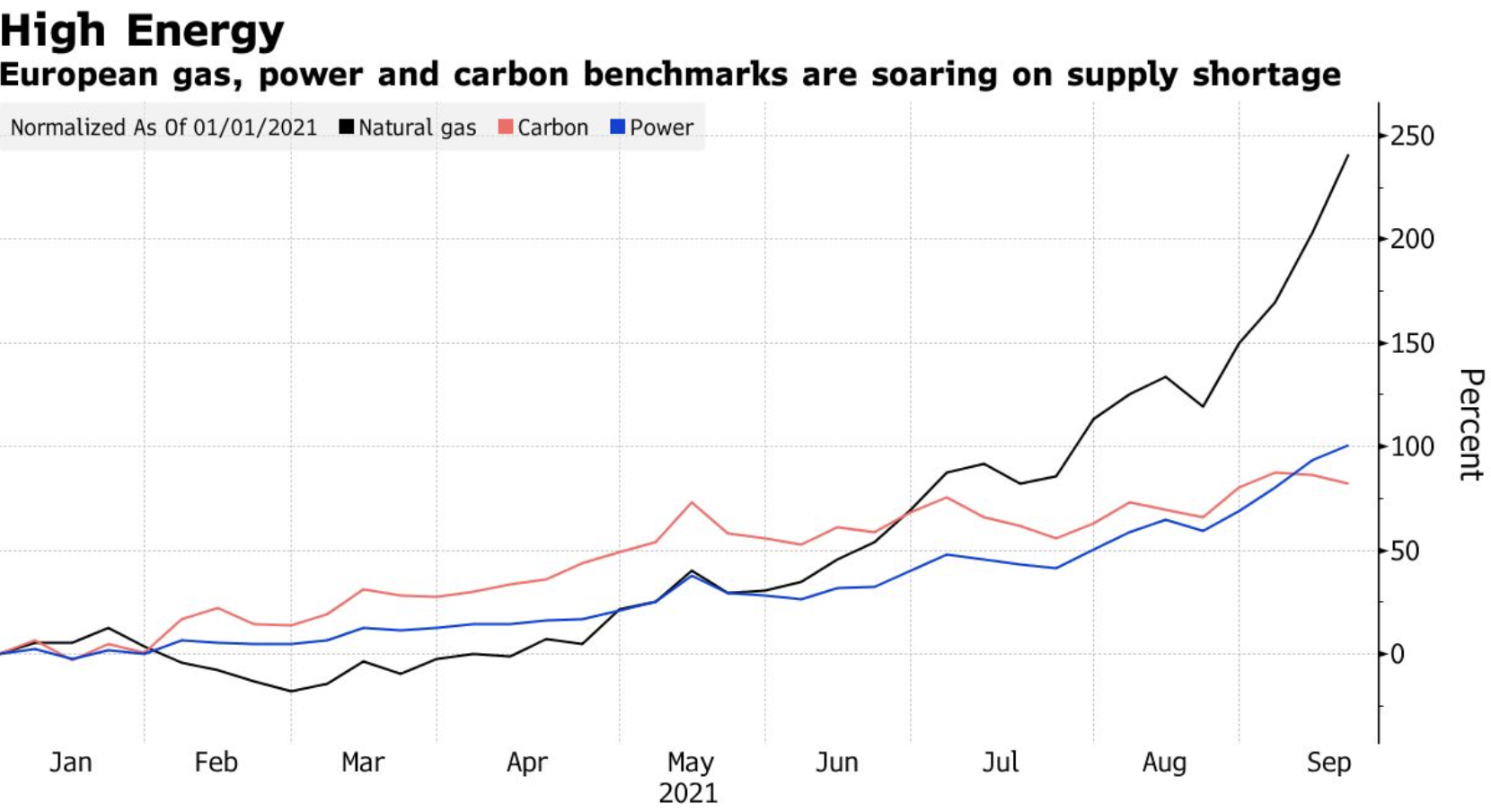One of the ways Democrats intend to pay for their reconciliation infrastructure bill is through the Methane Emissions Reduction Act of 2021, a proposed tax on methane emissions from natural gas and petroleum production. The tax would start at $1,800 per ton of emissions in 2023 with the potential direct cost of the tax to the economy being as high as $14.4 billion, increasing 5 percent above inflation annually.
This tax would most likely reduce oil and gas production in the U.S. at a time when global energy markets are already stretched thin because of government intervention. Furthermore, it is regressive in that its costs will be passed onto consumers in their gas and electric bills, which will affect lower income people more since they spend more of their income on energy. It also conflicts with President Biden’s campaign promise to not raise taxes on anyone making less than $400,000 a year. As we have pointed out before, because there is already an EPA regulation addressing methane emissions, and another which will be released this month, this tax is duplicative.
The methane tax would also create new reporting thresholds, adding to the costs of oil and gas businesses. It would direct the Environmental Protection Agency (EPA), within two years, to lower the emissions threshold for companies to report emissions from the current 25,000 metric tons of carbon dioxide equivalent per year to 10,000 metric tons per year, covering many smaller operators for the first time.
I encourage everyone to read Benjamin Zycher’s analysis of the methane tax. He points out that it is an all-downside proposal that would come at a high cost and have a negligible impact on the climate.
As he points out, the climate justification for this proposed methane tax is a lot weaker than we have been led to believe. U.S. methane emissions from natural gas and petroleum account for about 30 percent of all U.S. methane emissions, which in turn are about 10.1 percent of all U.S. GHG emissions. American GHG emissions represent about 12.6 percent of global GHG emissions. If we suppose that the proposed methane tax eliminates all U.S. methane emissions from natural gas and petroleum systems, that would produce a reduction in global GHG emissions of less than 0.4 percent. As Zycher notes:
“The impact on global temperatures by 2100: about 5 one-thousandths of a degree C. How much is that worth?”
Zycher is also correct to point out that this proposed methane tax targets only the natural gas and petroleum industry. If the goal is to eliminate methane emissions, shouldn’t the tax also be levied on agricultural operations which are responsible for 38 percent of the total methane emissions in the U.S.? Perhaps Democrats are overlooking those emissions because reducing methane emissions from the agricultural sector would be extremely costly and voters might not be thrilled about the inevitable outcome of such a proposal. As Zycher notes:
“These realities demonstrate that this punitive policy aimed at the fossil-fuel sector is heavily political: efforts to reduce agricultural emissions are extremely difficult and would engender highly visible adverse economic effects in terms of agricultural costs and food prices confronted by Americans every day.”
In short, the methane tax is designed to narrowly target a politically disfavored industry, making it a costly policy that would produce very little benefit for the climate. The tax is also coupled with an import fee, which could potentially spark trade disputes at a time where global energy markets are already under stress because of too much government intervention.
To all of this I would add that it isn’t even clear that the industry needs to be incentivized to reduce methane emissions. As I’ve pointed out elsewhere, energy producers already have strong incentives to capture methane emissions as methane is a valuable commodity. In the same way companies invest in their employees to improve their productivity, oil and gas companies invest in technology that make their drilling operations more efficient. For this reason, U.S. oil and natural gas producers have been extremely innovative in finding new ways to curb methane emissions. In fact, methane emissions from U.S. petroleum and natural gas systems have declined from 235.8 million metric tons (on a CO2 equivalent basis) in 1990 to 196.7 million metric tons in 2019. All of this occurred while U.S. production of crude oil increased from 7.4 to 12.3 million barrels per day and natural gas production increased from 17.8 to 33.9 trillion cubic feet.



